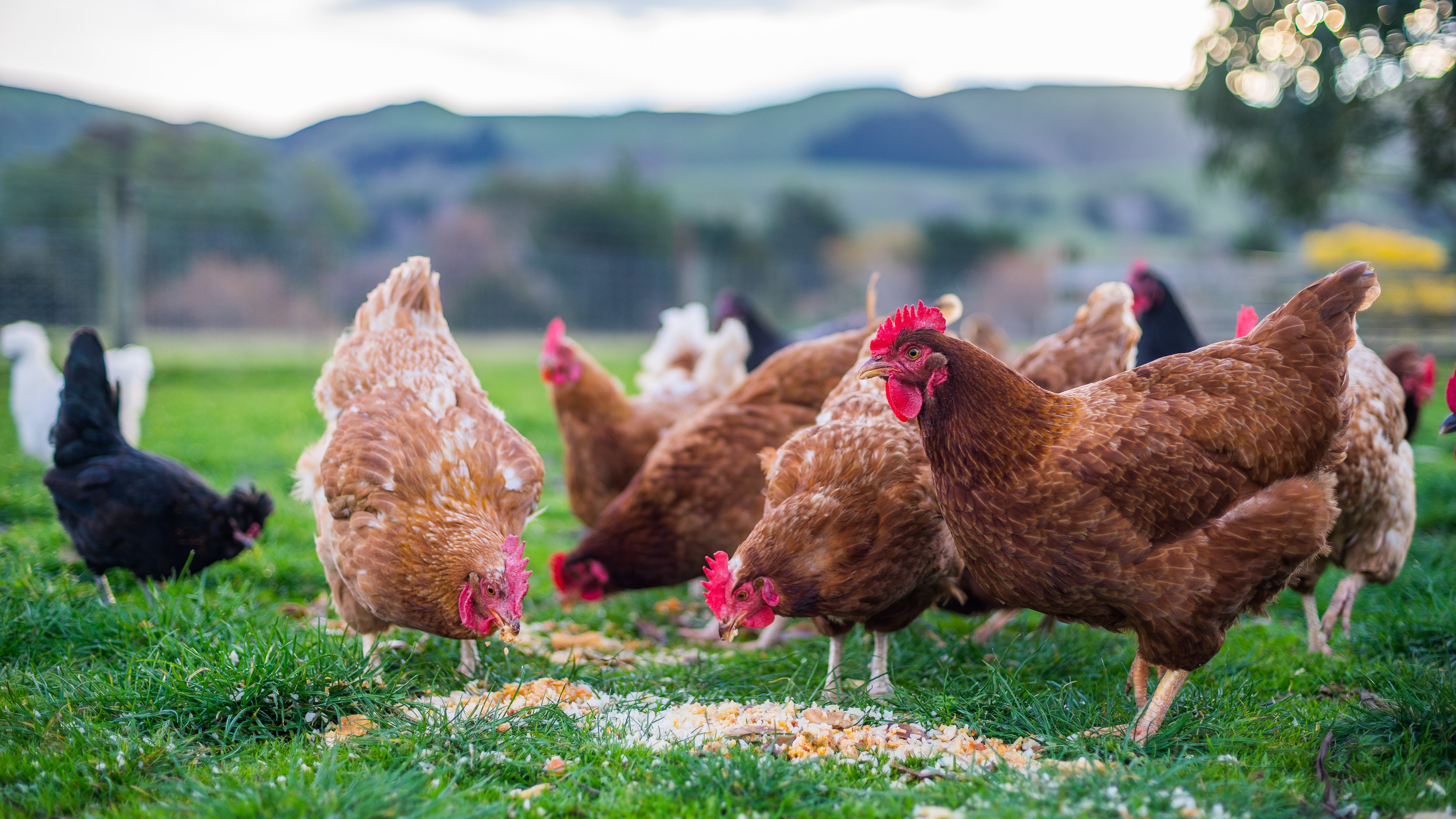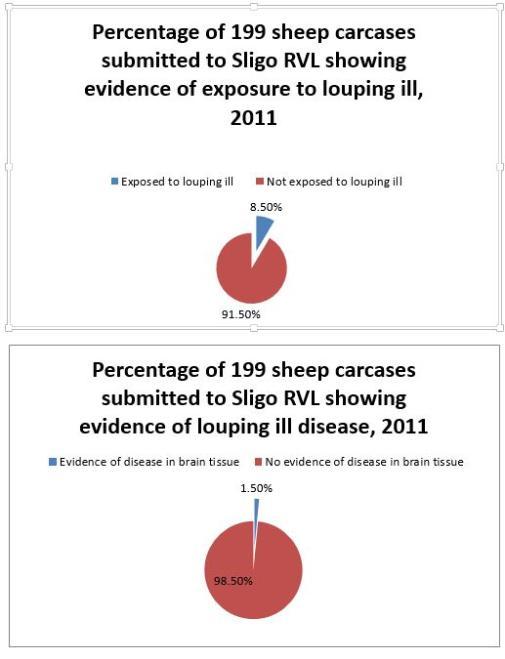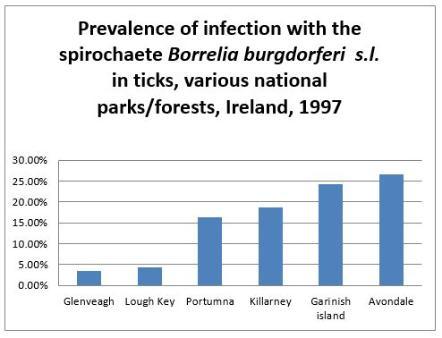(The information for this article was derived from an article by Zintl et al which appeared in the Veterinary Ireland Journal in 2017. The full article is accessible online at https://www.ncbi.ticks and tick-borne disease in Ireland
Introduction
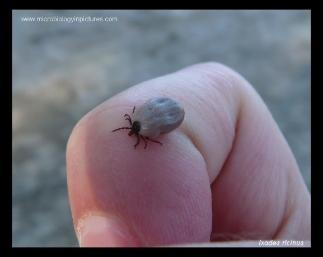
Several different species of ticks are present in Ireland. The most common and most important of the tick species is the castor bean tick Ixodes ricinus. Ticks require high moisture levels to survive, and rough grazing or overgrown pasture often provides a suitable habitat. Typically, the direct effects of tick infestation on animals are mild. Of far greater importance are the effects of the diseases which can be transmitted by these ticks, known as tick-borne diseases, the most important of which are listed below.
Babesiosis (Redwater)
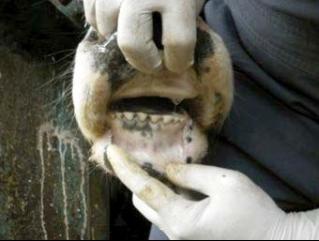
This primarily affects cattle and is caused by a microscopic parasite. It results in the rupture of red blood cells (corpuscles), which leads to the passing of the red pigment haemoglobin in the urine and reduced red blood cells in the bloodstream, with visibly pale or yellow tinged eyes and gums in severe cases. Human cases, though very serious, are extremely rare.
Louping ill (LI)
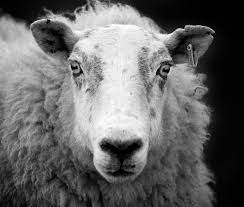
This is a viral disease which mainly affects sheep and which results in nervous signs such as incoordination, trembling and circling. Human cases are extremely rare, and appear to be contracted through contact with infected carcases rather than by tick bite.
Lyme borreliosis (Lyme disease)

This is caused by a bacterial agent called a spirochaete. Cases of disease in dogs and horses have been reported in the USA, but no animal cases of Lyme disease are known to have occurred in Ireland. Humans are very susceptible to the disease. Signs of Lyme disease in humans vary, but a common sign is red discoloration of the skin at the site of the tick bite or elsewhere on the body. Certain wild animals and birds are thought to act as a reservoir of the disease; domestic animals are not thought to be important in this regard.
Anaplasmosis (tick-borne fever)

This primarily affects sheep, cattle and goats, and is caused by a bacterial agent in a class called Rickettsiae. Signs of disease include fever, weakness, inappetance and difficulty breathing. The immune system of the affected animal may also be compromised. An animal infected with tick borne fever often contracts a second bacterial infection through the puncture wound caused by the tick mouth parts. This latter condition is known as tick pyaemia, and it often has very serious effects in the case of lambs which are immunocompromised due to tick-borne fever, with the bacterial infection spreading in the bloodstream and causing abscesses in the joints or spine.
The numbers
Distribution of ticks in Ireland:
No comprehensive study of ticks has ever been undertaken in Ireland. The distribution of ticks has generally been deduced from the distribution of tick borne diseases. From a 2016 pilot study, ticks were recovered from 18 of 26 sample sites. A total of 151 ticks were recovered, which included immature stages of tick as well as adults. Many of the ticks tested positive for one or more tick borne diseases. A more comprehensive tick survey is planned to be completed by the end of 2018. This survey should allow a more accurate mapping of the distribution of ticks in Ireland.
Redwater:
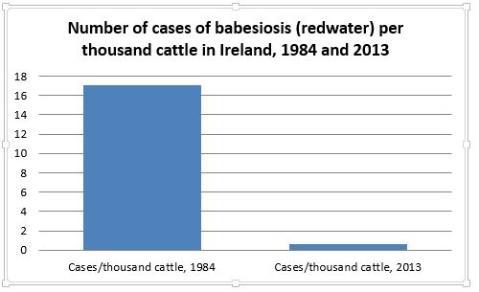
These numbers were calculated following countrywide surveys in both cases. Cases are not evenly distributed throughout the country, with the west of the country tending to have a particularly high number of cases. The studies show a clear decline in the yearly number of cases in the thirty year period.
Louping ill:
A study carried out in Sligo RVL in 2011 shows that even in the west of Ireland, both the level of exposure to the disease agent and the level of disease appears to be low.
Note: these numbers probably give a reasonable indication of the levels of LI disease among sheep which have died on farm in the Northwest of Ireland, but do not reflect the level of the disease in the general sheep population or in the country as a whole. Also, some of the sheep which had been exposed to LI may have been vaccinated rather than naturally infected.
Lyme disease:
(note: not all strains of Borrelia burgdorferi s.l. cause Lyme disease)
While no comprehensive study on the distribution of Lyme disease has been carried out since 1997, a pilot study carried out in 26 different sites in 2016 indicated that the family which causes Lyme disease was present in five of 18 sites where ticks were recovered. No ticks were recovered in the other eight sites. It is estimated that 50 to 100 cases of Lyme disease occur in humans in Ireland every year.




